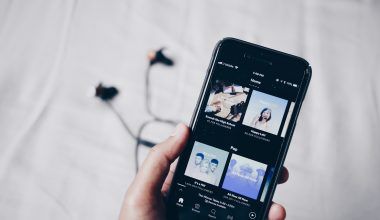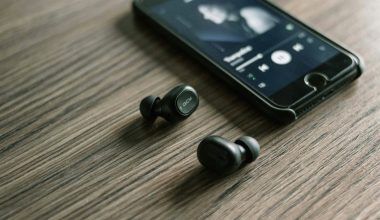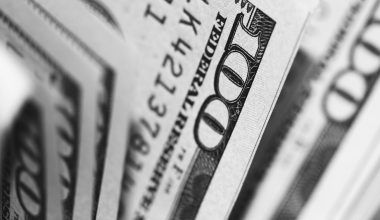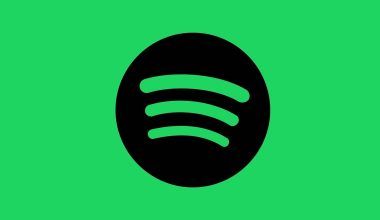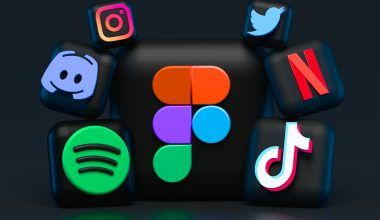As an independent artist, you’ve poured your heart and soul into creating music. Now, the next big step is sharing your music with the world. In the past, working with a distributor was the only way to get your music on platforms like Spotify, Apple Music, and Amazon Music. However, things have changed, and you can now share your music on all digital stores without a distributor. The process is more accessible than ever, and this guide will walk you through everything you need to know.
Releasing music independently comes with many benefits. Firstly, you have complete control over your content. There are no middlemen, meaning you can decide how your music is presented, priced, and marketed. Additionally, you get to keep 100% of your royalties, which can significantly increase your earnings over time. Lastly, sharing your music independently gives you the freedom to build a direct connection with your audience.
It might sound challenging at first, but with the right approach, you can distribute your music globally without involving a third-party distributor. Here’s how:
1. Choose the Right Platforms
Several platforms allow artists to upload their music directly to streaming services. For example, Spotify’s Spotify for Artists program and SoundCloud for Artists provide tools to help you manage your music uploads. Similarly, Apple Music’s iTunes Connect enables independent artists to release music without a distributor. Research these options and pick the ones that align with your goals.
2. Prepare Your Music for Upload
Before sharing your music, ensure it meets the technical requirements of digital stores. Most platforms require high-quality audio files, typically in WAV or FLAC format. Also, prepare metadata such as track titles, artist name, album artwork, and genre information. Ensure that your album artwork meets the resolution requirements specified by the platform.
3. Register Your Music Rights
Protecting your music is crucial. Register your songs with a Performing Rights Organization (PRO) to ensure you earn performance royalties. Platforms like ASCAP, BMI, or PRS for Music can help. Additionally, secure an International Standard Recording Code (ISRC) for each track, as this unique identifier is required by most digital stores.
4. Build Your Online Presence
Having a strong online presence can amplify the success of your music release. Create social media accounts dedicated to your music career and keep them active. Share behind-the-scenes content, interact with your fans, and promote your upcoming release. Platforms like Instagram, TikTok, and YouTube are fantastic for growing your fan base.
5. Upload Your Music
Once everything is ready, start uploading your music to the chosen platforms. Follow the step-by-step process provided by each platform. Double-check all details, especially metadata, to ensure accuracy. Take your time to ensure the upload process goes smoothly.
6. Promote Your Music
Promoting your music is just as important as uploading it. Share snippets of your tracks on social media, collaborate with influencers, and consider running ads on platforms like Facebook and Instagram. If you’re active on TikTok, create engaging videos using your songs. The more you promote your music, the higher the chances of reaching a broader audience.
7. Track Your Performance
Once your music is live on digital stores, monitor its performance using analytics tools provided by the platforms. For instance, Spotify for Artists and Apple Music for Artists offer detailed insights into your audience demographics and streaming numbers. Use this data to refine your strategies and better understand your listeners.
Benefits of Sharing Music Without a Distributor
- No Middleman Fees: Keep all your earnings without sharing a cut with distributors.
- Creative Control: Decide how your music is marketed and presented.
- Direct Fan Interaction: Build meaningful relationships with your listeners.
- Faster Releases: No need to wait for a distributor’s schedule.
Challenges to Be Aware Of
While sharing your music independently has its perks, it also comes with challenges. Handling everything yourself, from uploads to promotions, can be time-consuming. You’ll need to invest effort into learning the technical aspects of music distribution. However, these hurdles are manageable with persistence and the right resources.
Tips for Success
- Plan Ahead: Create a timeline for your release and promotional activities.
- Engage with Your Audience: Respond to comments, messages, and feedback from fans.
- Learn Continuously: Stay updated with the latest trends in digital music distribution.
- Collaborate: Partner with other independent artists to cross-promote your music.
Real-Life Examples of Independent Success
Many artists have achieved significant success by sharing their music without a distributor. For instance, Billie Eilish initially shared her music independently on SoundCloud before becoming a global sensation. Similarly, artists like Chance the Rapper have leveraged direct uploads to connect with audiences worldwide. These stories prove that you don’t need a traditional distributor to make an impact in the music industry.
Conclusion
Sharing your music on all digital stores without a distributor is not just possible; it’s empowering. By taking control of your music distribution, you’re not only saving money but also building a more authentic connection with your audience. It requires effort and dedication, but the rewards are well worth it. Start exploring your options today, and take the first step toward independent success.
For further reading, explore these related articles:
- Monetize Your Music on All Digital Stores to Get Exposure
- How to Monetize Your Song on Spotify for Free: A Complete Guide
- How to Monetize Your Song on Spotify in India: A Step-by-Step Guide
For additional resources on music marketing and distribution, visit DMT RECORDS PRIVATE LIMITED.

